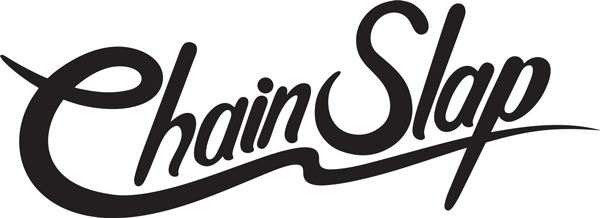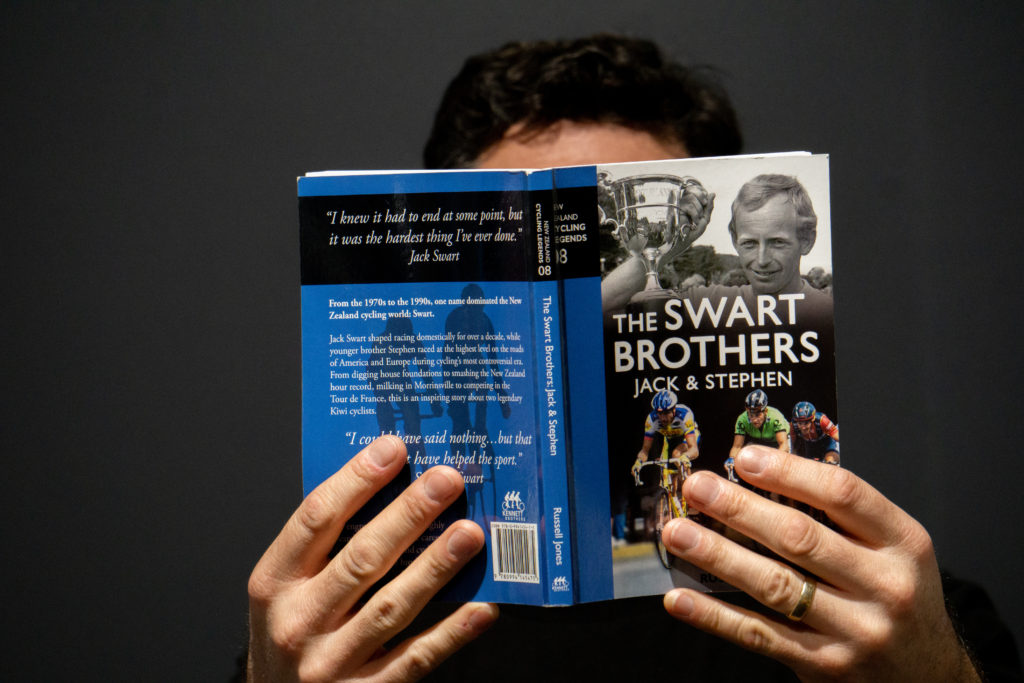When you meet Russell Jones, you know straight away that he’s a cycling tragic. His enthusiasm for and knowledge of the sport, its history and its protagonists is second to none, and sometimes you’ll be thinking he is going to burst as he talks excitedly and non-stop for the duration of the time it takes to down a couple of Belgian brews. You can find him following the cobbled classics in Flanders most springtimes, treading the boards at the Ghent six-days, and rolling around in the mud at Fog City cyclocross races in Hamilton, close to his adopted Cambridge. This ex-pat Pom knows more about NZ cycling than most natives, and for the latest instalment of the Kennett Brothers’ Cycling Legends book series he delves deep into the careers of two of the best roadmen to come from the shaky isles, the Swart brothers.
On my first meeting with Russell, he’d just returned from Belgium and in between regaling me with tales of his trip, he kept mentioning he was writing a book and the difficult task he was having of gathering the vast amount of information on its subjects. Now, after reading the book, I see why his job was proving to be a full-time one. This is not just a tale of two brothers, racing in different eras and with diverse career paths, but also an almanac of NZ road racing, especially in the first half of the book which largely focusses on the elder brother Jack. The stories of long gone races that I––as a latecomer to this country and its racing heritage––had either not heard of or had little knowledge of, is a fascinating insight into the struggles that riders from a then cycling backwater faced if they were to get even remotely close to a successful overseas career.
As the brothers’ careers cross-pollinate due to the ten-year age difference, their respective talents become more obvious and although they weren’t the same type of rider, they shared the DNA of being able to put out a lot of power be it on the front of the peloton for kilometre after kilometre or even hurting the pure climbers on a long drag uphill. The names of riders who I’d long admired and resopected from the Australian scene and thier exploits overseas were high in their praise of both Jack abnd Steven, and that told me all I needed to know about the Kiwis’ talents. That they weren’t both bigger stars of the sport is a shame and this is apparent from their peers’ comments.
The only disappointment I had with this book was the almost glossing-over of Steven’s part in the Armstrong doping scanda and the brave actions he took. Maybe that’s just the way it is in cycling still, and not wanting to rock the boat further or even claim any credit was the best way to handle that particular aspect of a fine career.
The Swart Brothers is a compelling read, a detailed snapshot into NZ road cycling over three decades, and a history lesson all rolled into one. Russell has done a fine job of bringing two distinguished careers into a spotlight they might not have been exposed to before, and for others a walk down memory lane and a deserved tribute to two ordinary Kiwi blokes who took it to a level most others since have only dreamed about.




Leave a Reply